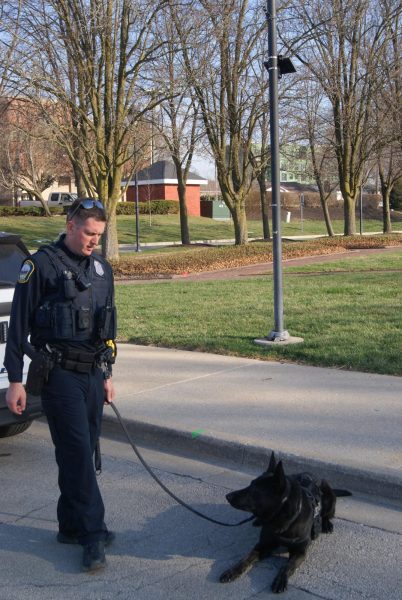
Can you share with us the daily duties and responsibilities of a K-9 officer?
Our K-9 officers are just like any other patrol officer. They respond to calls for service and things, and then they have the extra responsibility with the dog. We have two different types of dogs right now. We have a single purpose dog, which is a narcotics dog, and that dog and the handlers, female handlers, will respond to places where people want to use the dog to search for narcotics. That could be a traffic stop or a search warrant, or she helps the drug task force, some things like that. Our other dog, we only have two right now; we’re getting ready to add (more K-9s to the force), our other dog is a dual-purpose dog. (That) really just means he has two different jobs. One of his jobs is narcotics, and the other is apprehension. He tracks people and does building searches and things like that. Again, his daily duties are the same, where he’s responsible for calls for service and things, and then he’s also responsible to use the dog if it needs to find someone, maybe someone who runs from the police, vehicle pursuit, things like that he’s involved with. And then also, drug detection.
What specific training do K-9 officers undergo to prepare for their roles?
The K-9 handlers are police officers. They do the same type of training as any other police officer. In addition to that, to be a handler, they attend a handler’s course, which is typically a nine-week course. Currently, we’re using Houston K-9 in Houston, Texas, as our vendor. They’ll spend nine weeks there, where they learn to handle the dog and understand the dog and build that relationship. That is an ongoing process; it takes about a year and a half before the handler and the dog are really working together well. In that nine-week course, there’s a certification through the National Narcotic Detector Dog Association, where they have to certify with a national certifier, and then the training is ongoing. We have 16 hours a month required for each canine in the department, which is the industry standard. On top of that, we do annual seminars. We do one in Alabama, which is a nationwide seminar, and then we started attending one in Mississippi as well. Then we do annual legal updates for K-9 and K-9 officers as well.
Can you describe the bond between a K-9 officer and their handler, and how it contributes to their effectiveness?
Like I said, it takes about a year and a half to really form that bond, and what you see is as, the trainer, I see a brand new handler, a brand new dog, where they can kind of figure out what they’re doing. But as that bond gets better, the dog understands. It’s almost like learning a different language for both the dog and the handler, and once they both understand each other’s language, then you can watch them work really well together. Whether it’s trying to find a person or trying to find drugs, you can just see how much easier it is on them to read each other and learn each other’s language.

What are some of the challenges that K-9 officers face in their line of work?
K-9 officers are on call 24 hours a day, seven days a week. Any time they can be called out. So that’s a unique challenge where most police officers, when they’re off, they’re off, so that’s interesting. When I go home, you can see this uniform (I’m wearing). I take this uniform off, I can hang my gun belt in the closet, put it wherever. And I don’t have to touch it again until I come back to work. But with a K-9, it’s different because that’s a living, breathing creature that takes 24-hour care. When a (K-9) officer is off duty, they’re still not really off duty because they have the dog to take care of, and be mindful of. That’s a big challenge for officers. The amount of training that goes into it is far more than any other discipline that we do in, in police work. It takes an extreme amount of training to be able to be a cohesive unit, like we talked about with the bond that they build. That takes a lot of time, and that doesn’t just happen; it requires a lot of time and a lot of effort. I think the amount of work that is required to be a K-9 handler is really one of the biggest hurdles to get over.
What advice would you give to someone interested in becoming a K-9 officer?
Be prepared to spend a lot of extra time that’s not compensated. (You’ll spend) a lot of your own time to build those relationships and to do the training like I talked about. I think being able to go the extra mile and being willing to have a very good work ethic (if important).
What are some misconceptions people might have about the role and capabilities of K-9 officers, and how would you address them?
These dogs are not crazy, lunatic animals. They don’t just bite everybody. And I think that’s what you see a lot on TV. They kind of portray these mean dogs that just go out and bite people. That’s not what these are. These dogs are very social. They’re very controlled. And a lot of that is the training and the bonds with the handlers. But the apprehension of the dog that we have now is very social. He could walk in here and lay down and have you rub his belly. They really are controlled way more than what you might see on TV.
How do you handle the retirement of a K-9 officer, and what does that process typically look like?
I’ve had the experience of retiring a couple different police dogs. My first dog retired, and since I got a new dog, they couldn’t really live together because most of the dogs are very, Alpha-male dominant dogs, and they don’t work well with other dogs, and don’t typically live well together. There are exceptions to that, but I wasn’t willing to take that challenge, so I found a state trooper who was retired that had some experience with K-9s, and he was willing to take my first dog. So I retired him, and then he went and lived with this officer. My last dog, when I retired him, had some back surgery and wasn’t able to go back to work, so he had to retire. He lived at home with me. The (working) dogs typically live outside. We don’t want them to be couch potatoes, because if they learn that it’s okay to lay on the couch and eat cookies, then they’re never going to want to go out in the cold and search for a bad guy. They would switch and want to be pets, but once my dog retired, he moved inside and lived inside until his health was so bad he (had to be put down). He lived his entire life with me (like most K-9s do).


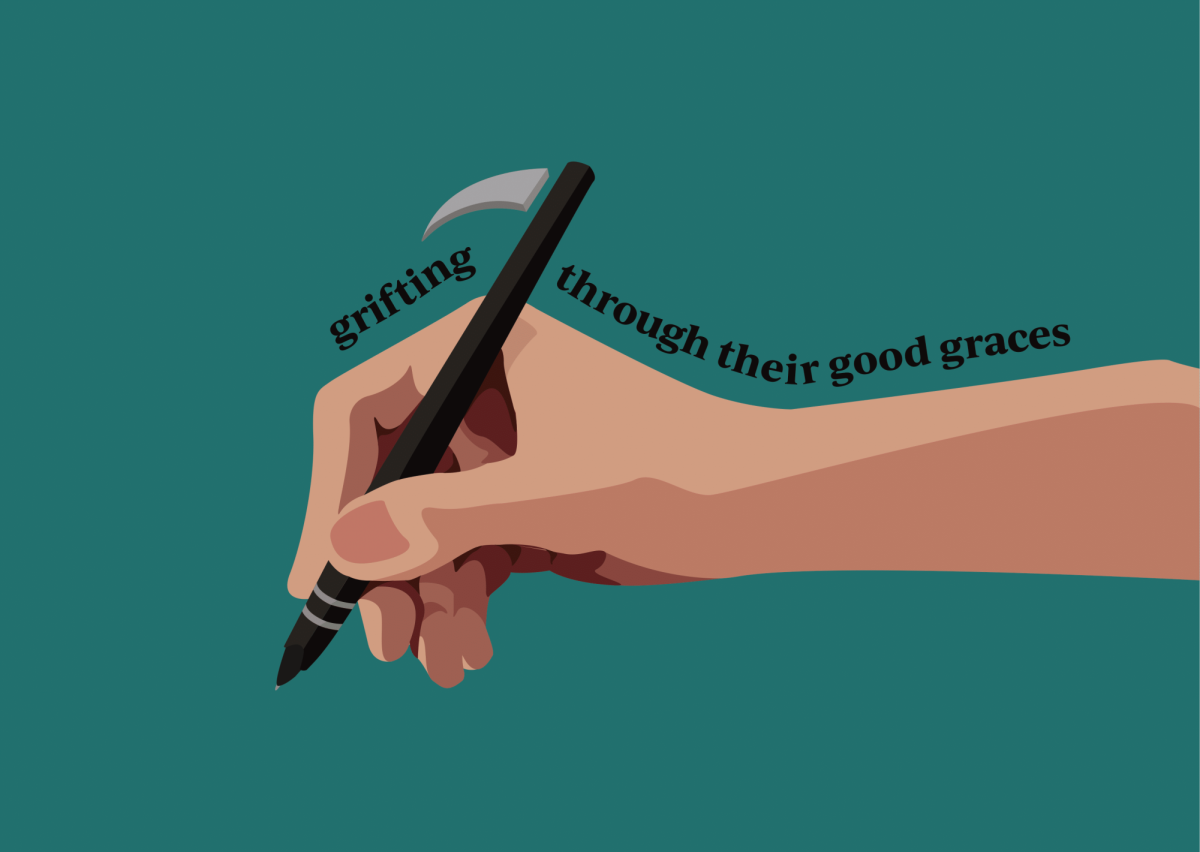




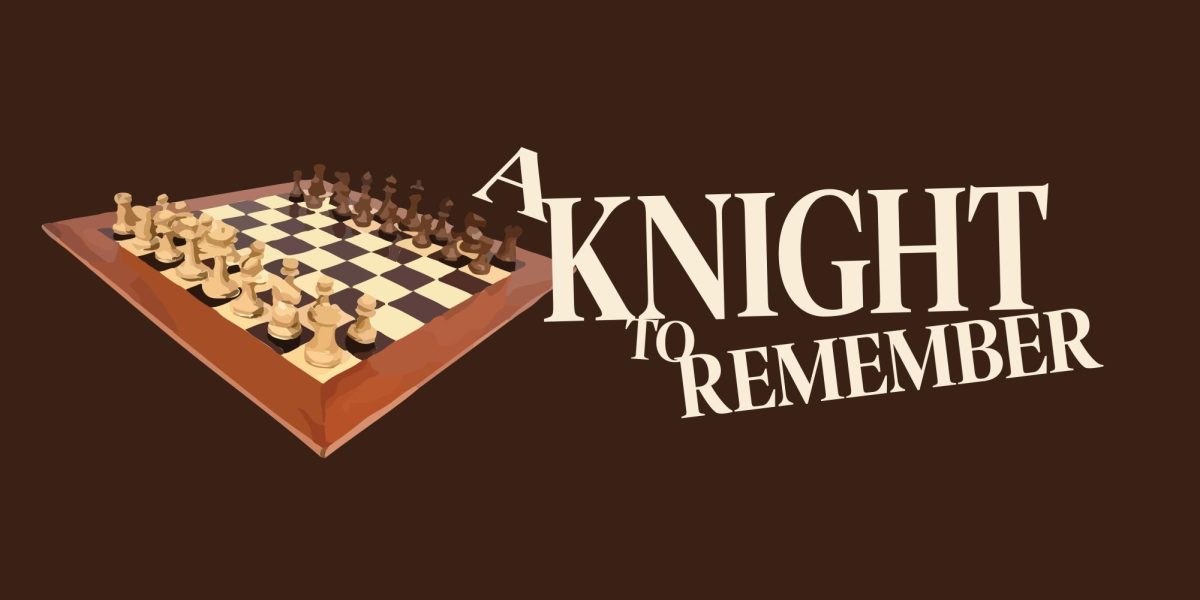








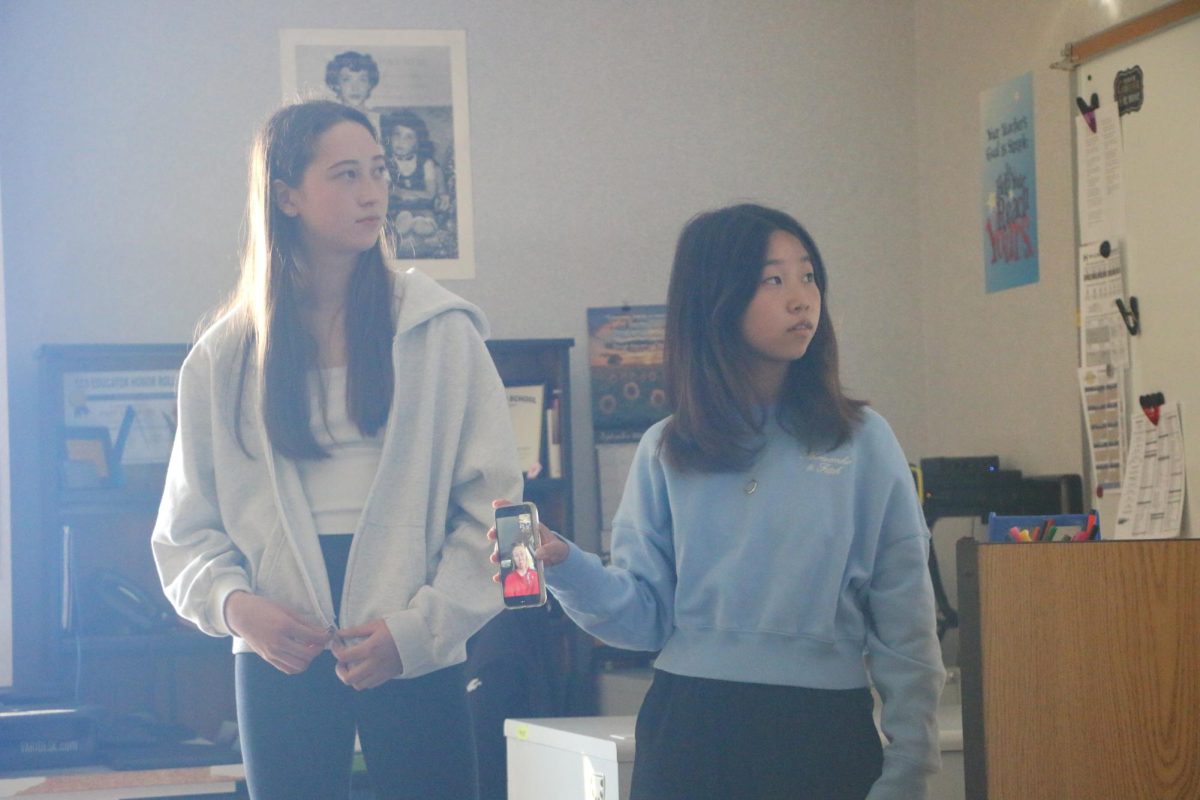
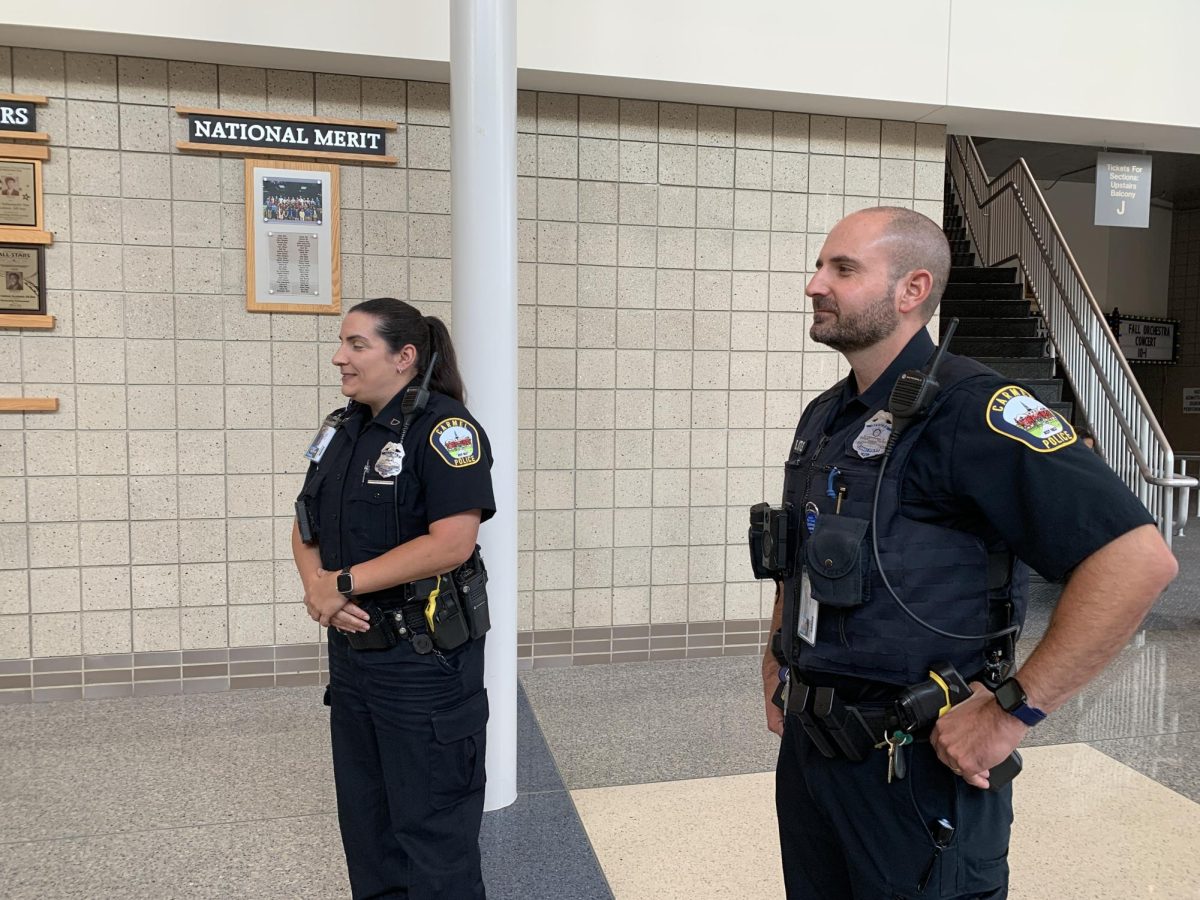
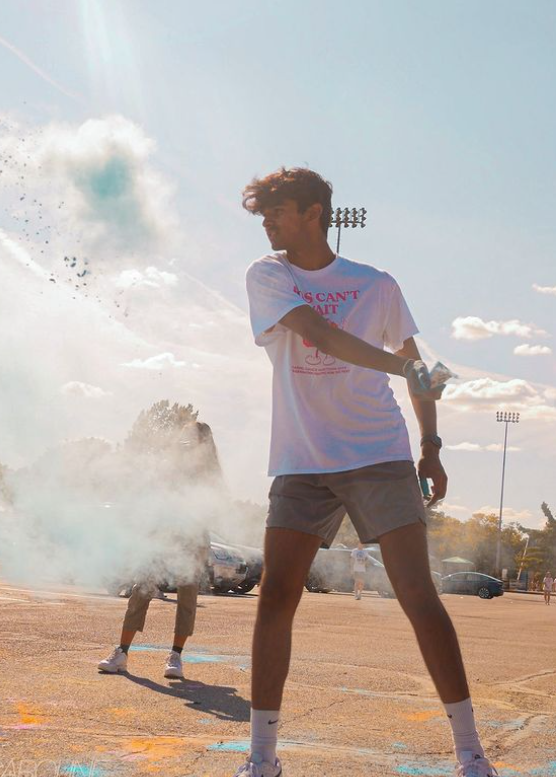


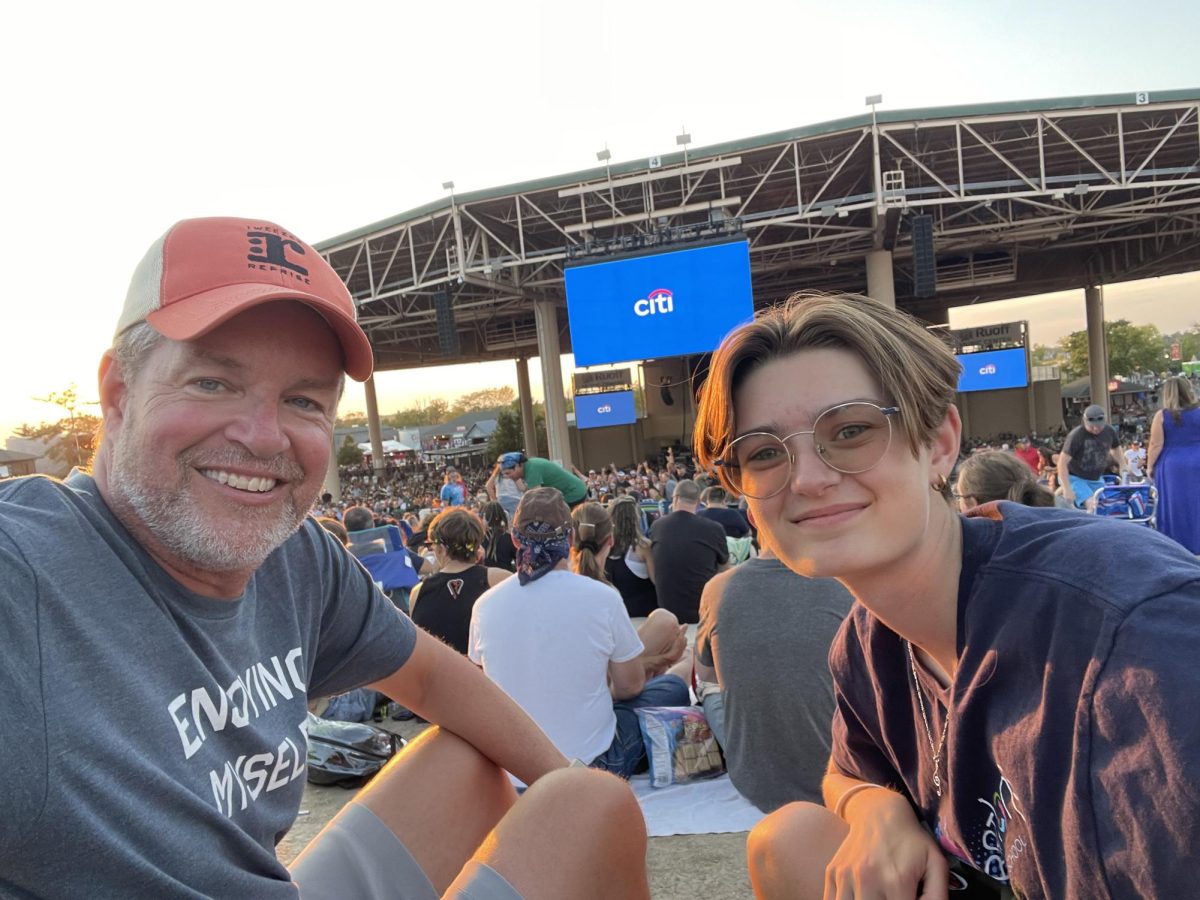
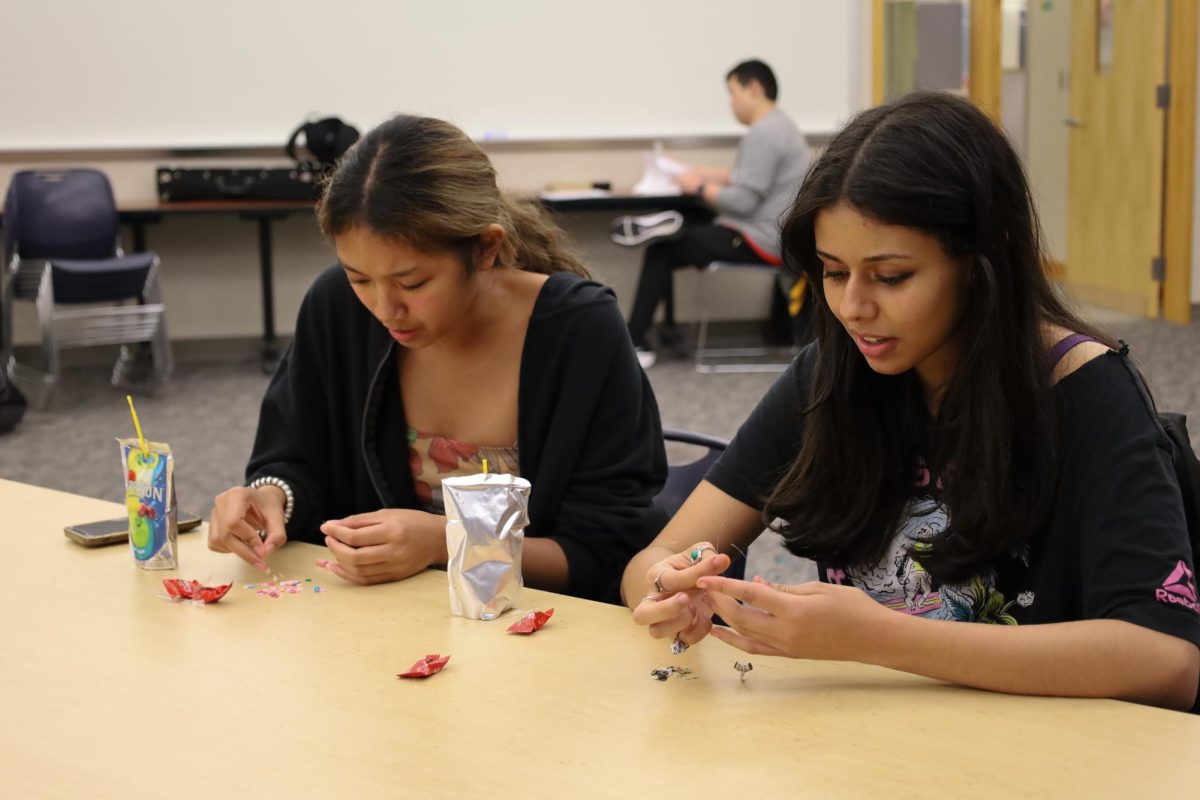



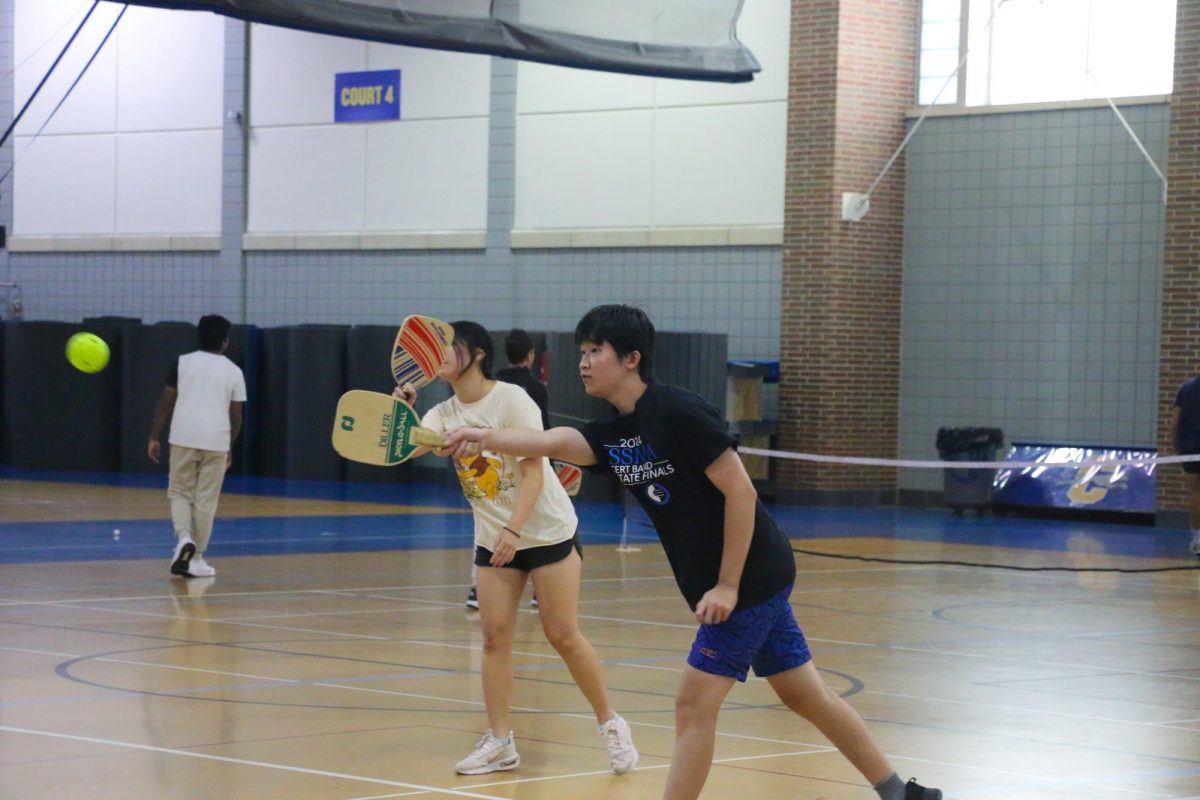
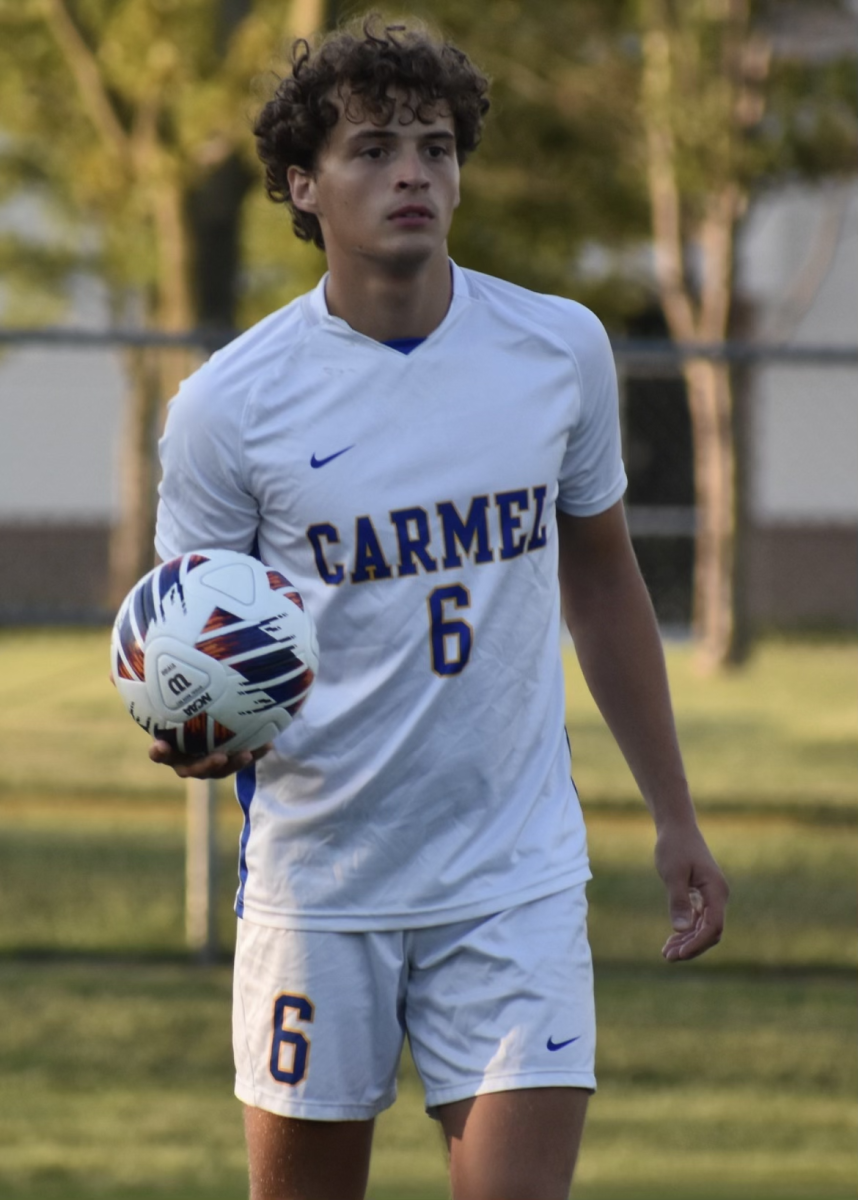


![“Uglies” is a call for change in the YA dystopian genre [opinion]](https://hilite.org/wp-content/uploads/2024/10/Perspectives-Cover-1200x471.jpg)

![Streaming services are pioneering the future of television [opinion]](https://hilite.org/wp-content/uploads/2024/09/CAtherine-streaming-1200x471.jpg)
![Parasocial relationships unnecessary, intrude on celebrities’ lives [opinion]](https://hilite.org/wp-content/uploads/2024/09/4-Mady-Kiser-Cover-1200x471.jpg)




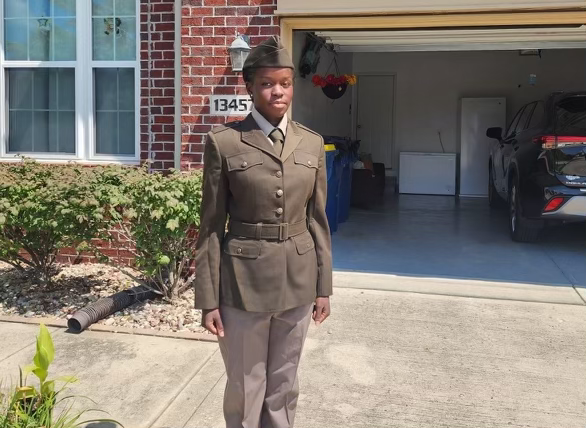
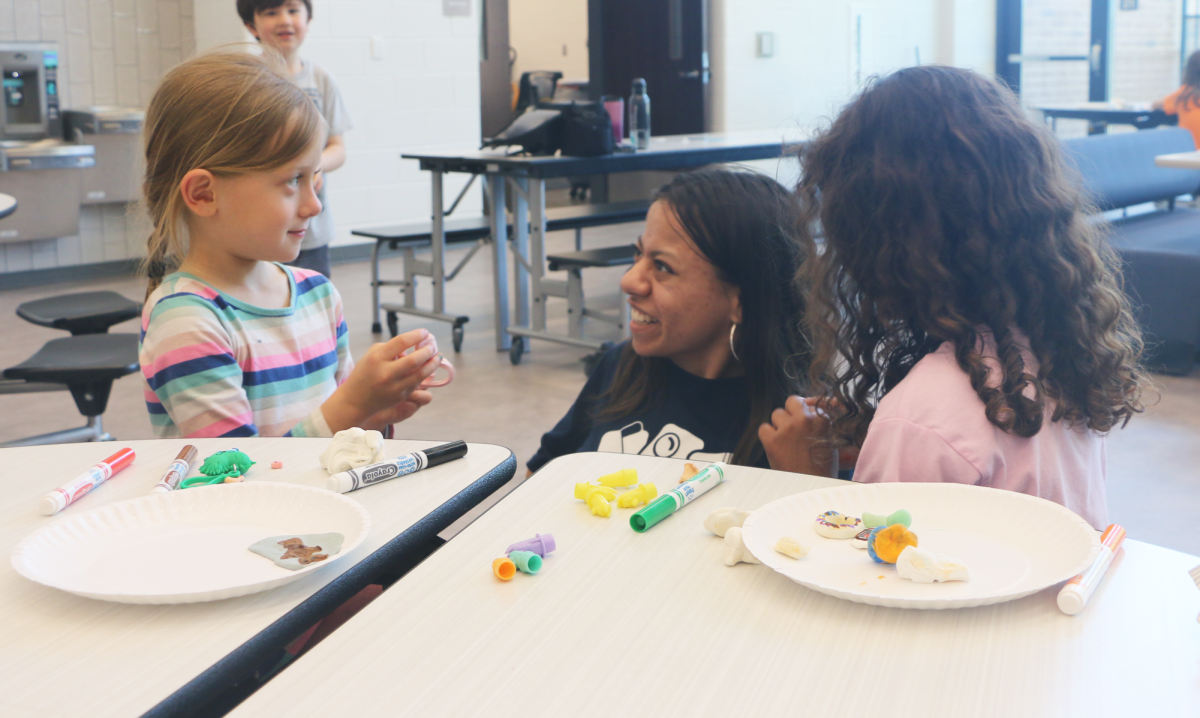








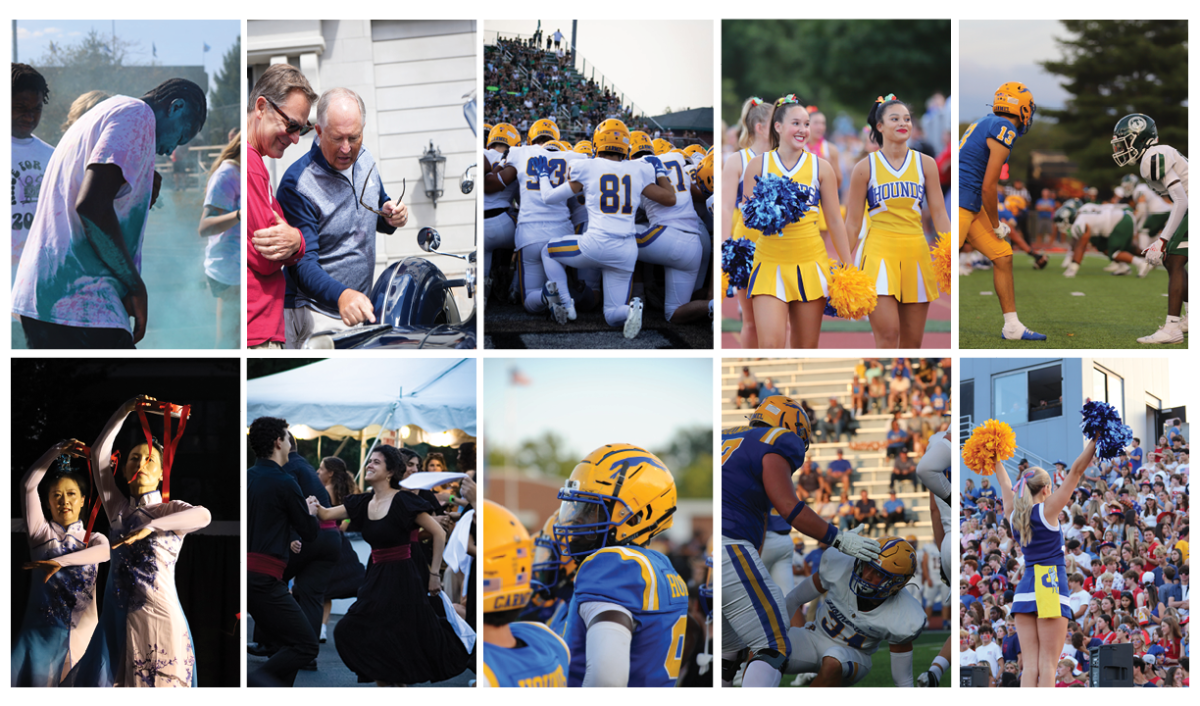
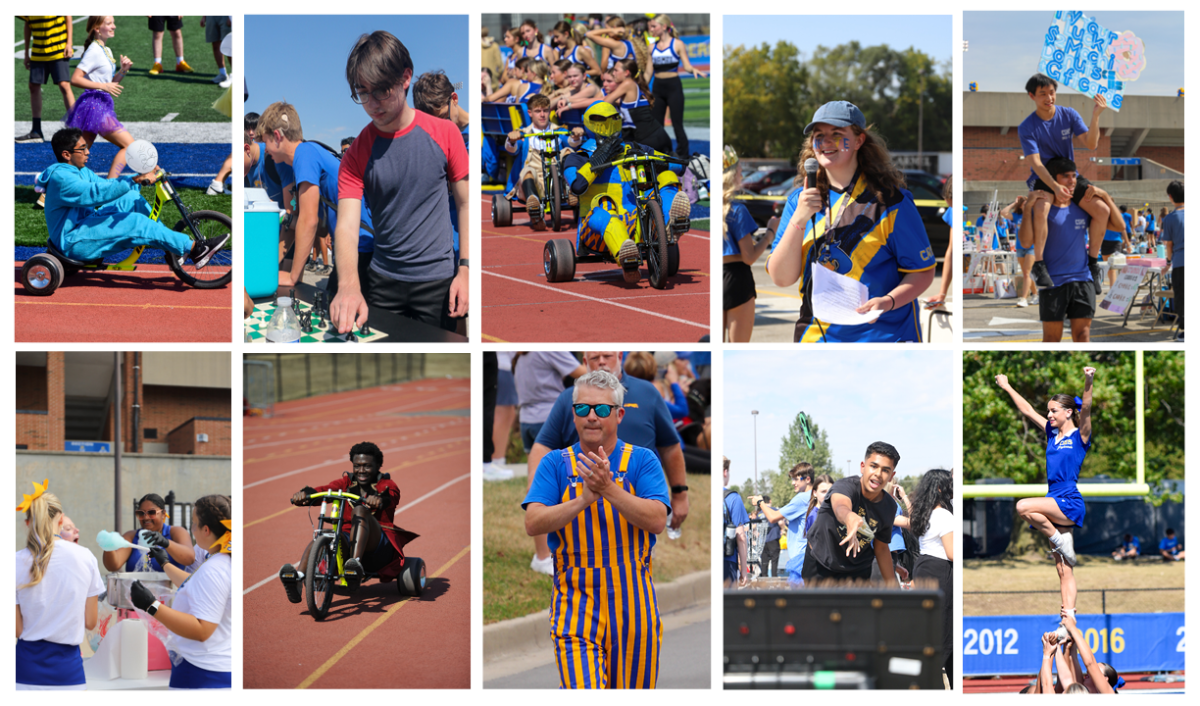
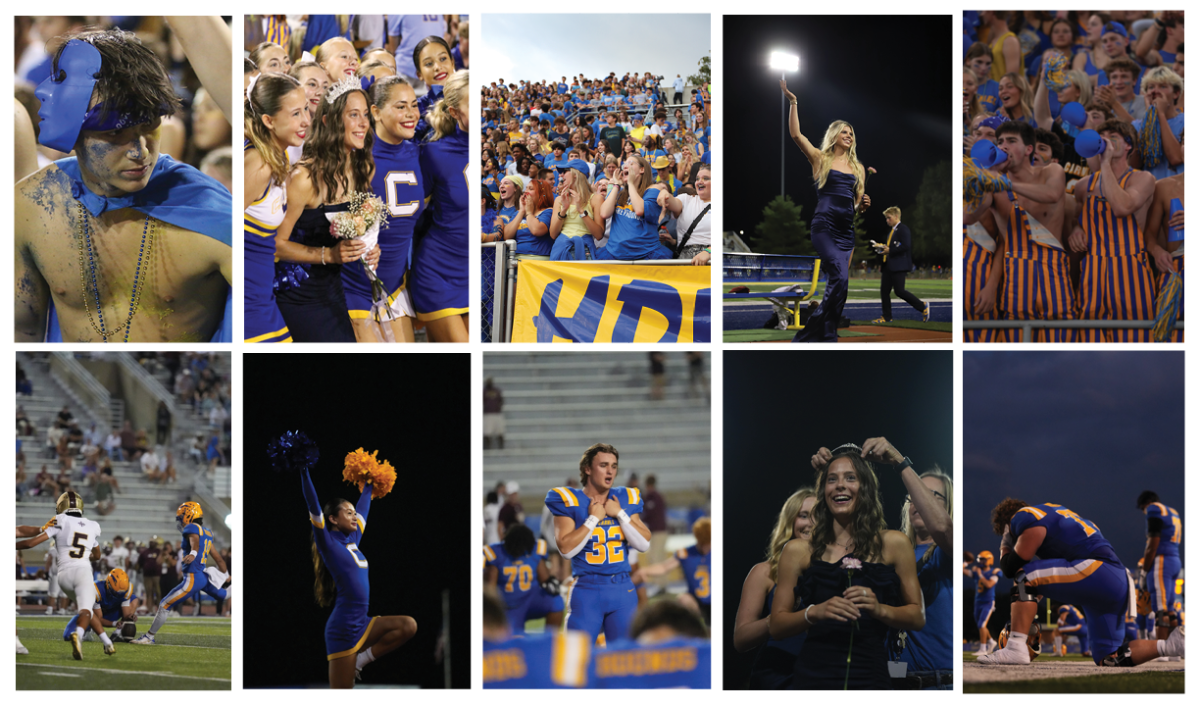




















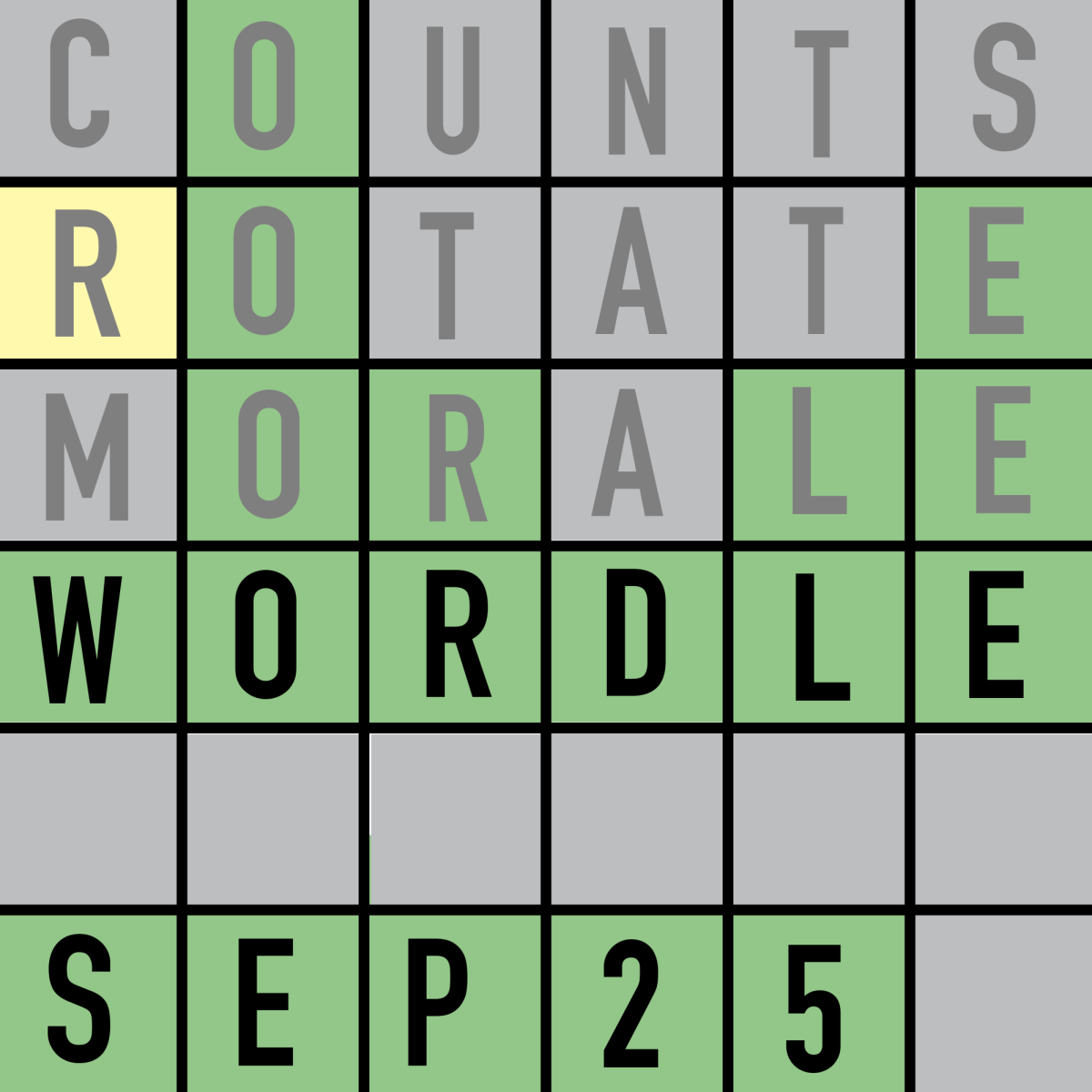

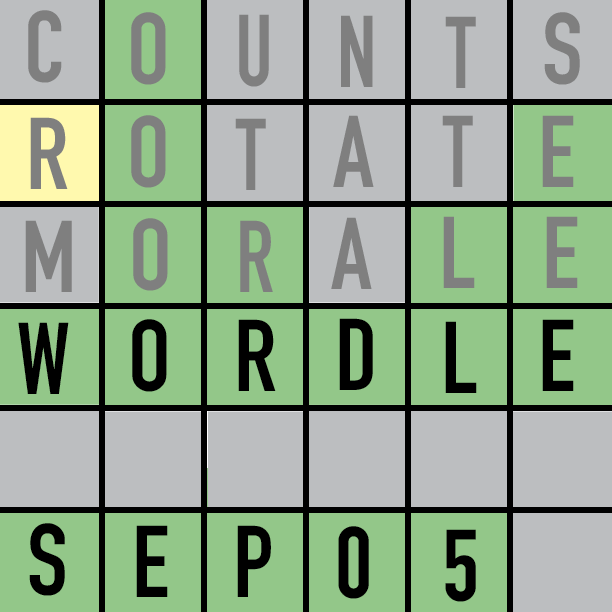




![Review: “Megalopolis” is a bold, bewildering mess [MUSE]](https://hilite.org/wp-content/uploads/2024/10/MV5BYTk3MjUzMGItYmU1NC00M2YyLThmNDMtNDI4NjkxNjgzMjQzXkEyXkFqcGdeQXRyYW5zY29kZS13b3JrZmxvdw@@._V1_-1200x675.jpg)
![Review: Judy Moody encourages viewers to make the best out of their summer [MUSE]](https://hilite.org/wp-content/uploads/2024/10/MV5BMjA4NDc0NzI5OV5BMl5BanBnXkFtZTcwMjc0MDA4NA@@._V1_-810x1200.jpg)
![Review: “Zen and the Art of Motorcycle Maintenance” is a breathtaking novel based on a true story [MUSE]](https://hilite.org/wp-content/uploads/2024/10/Screenshot-2024-10-14-at-11.45.50 AM.png)
![Review in Print: Maripaz Villar brings a delightfully unique style to the world of WEBTOON [MUSE]](https://hilite.org/wp-content/uploads/2023/12/maripazcover-1200x960.jpg)
![Review: “The Sword of Kaigen” is a masterpiece [MUSE]](https://hilite.org/wp-content/uploads/2023/11/Screenshot-2023-11-26-201051.png)
![Review: Gateron Oil Kings, great linear switches, okay price [MUSE]](https://hilite.org/wp-content/uploads/2023/11/Screenshot-2023-11-26-200553.png)
![Review: “A Haunting in Venice” is a significant improvement from other Agatha Christie adaptations [MUSE]](https://hilite.org/wp-content/uploads/2023/11/e7ee2938a6d422669771bce6d8088521.jpg)
![Review: A Thanksgiving story from elementary school, still just as interesting [MUSE]](https://hilite.org/wp-content/uploads/2023/11/Screenshot-2023-11-26-195514-987x1200.png)
![Review: "When I Fly Towards You", cute, uplifting youth drama [MUSE]](https://hilite.org/wp-content/uploads/2023/09/When-I-Fly-Towards-You-Chinese-drama.png)
![Postcards from Muse: Hawaii Travel Diary [MUSE]](https://hilite.org/wp-content/uploads/2023/09/My-project-1-1200x1200.jpg)
![Review: "Ladybug & Cat Noir: The Movie," departure from original show [MUSE]](https://hilite.org/wp-content/uploads/2023/09/Ladybug__Cat_Noir_-_The_Movie_poster.jpg)
![Review in Print: "Hidden Love" is the cute, uplifting drama everyone needs [MUSE]](https://hilite.org/wp-content/uploads/2023/09/hiddenlovecover-e1693597208225-1030x1200.png)
![Review in Print: "Heartstopper" is the heartwarming queer romance we all need [MUSE]](https://hilite.org/wp-content/uploads/2023/08/museheartstoppercover-1200x654.png)



